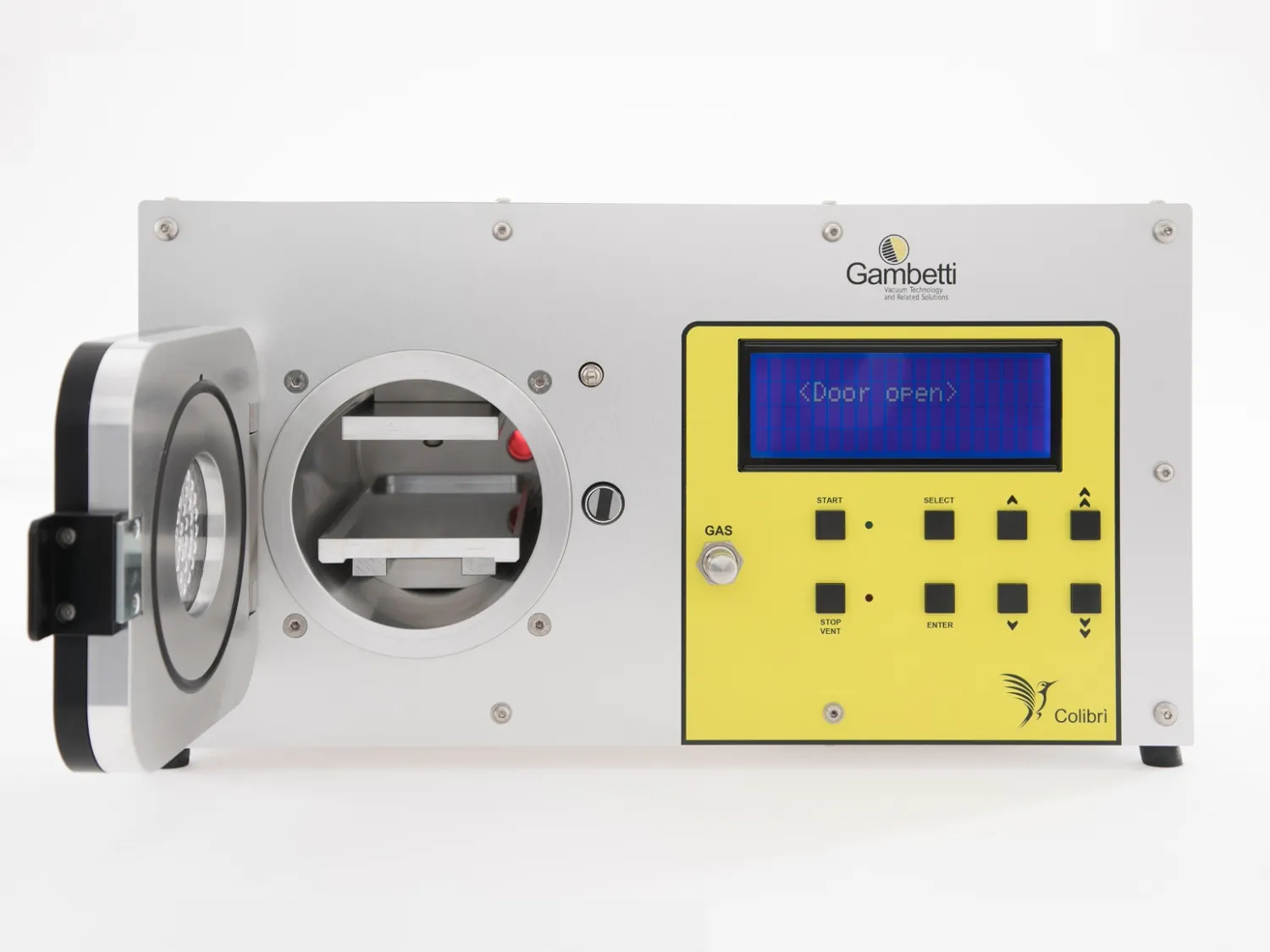COLIBRÌ – Compact and Powerful Plasma System
Colibrì represents an innovative desktop vacuum plasma capacitive system, operating at low frequency (LF) with a power of 200W and a frequency of 50KHz. This solution is perfectly suited for cleaning or surface activation treatments on a variety of materials, including metals, plastics, ceramics and paper.
It is an ideal tool for R&D applications in clean rooms, as well as for use in small production batches.
Our Colibrì plasma cleaner is an innovative solution designed for advanced industrial applications, where precision, efficiency, and reliability are paramount. As a compact and versatile plasma generator, the Colibrì is ideal for industries such as plastic industry, textile, semiconductors, optics and medical device manufacturing. Its advanced design and cutting-edge technology allow users to harness the transformative power of plasma for processes such as surface treatment, cleaning, etching and activation. But to fully understand the science behind the Colibrì, it is essential to delve into the fascinating nature of plasma itself.
Plasma, often referred to as the “fourth state of matter,” exists beyond the conventional solid, liquid, and gas states. It is created when a gas is energized to such a degree that its atoms lose electrons, resulting in a highly ionized and electrically conductive medium. This unique state, characterized by the coexistence of charged particles, is the foundation of the Colibrì’s operational efficiency. Plasma is not merely theoretical; it is abundantly present in nature. Lightning plasma, for instance, is a striking example of plasma in action. When you witness a bolt of lightning during a thunderstorm, you are observing plasma electricity at work. The intense energy of lightning creates a plasma channel that allows the massive flow of electrical charge to travel through the atmosphere. This phenomenon underscores the immense power and potential of plasma.



